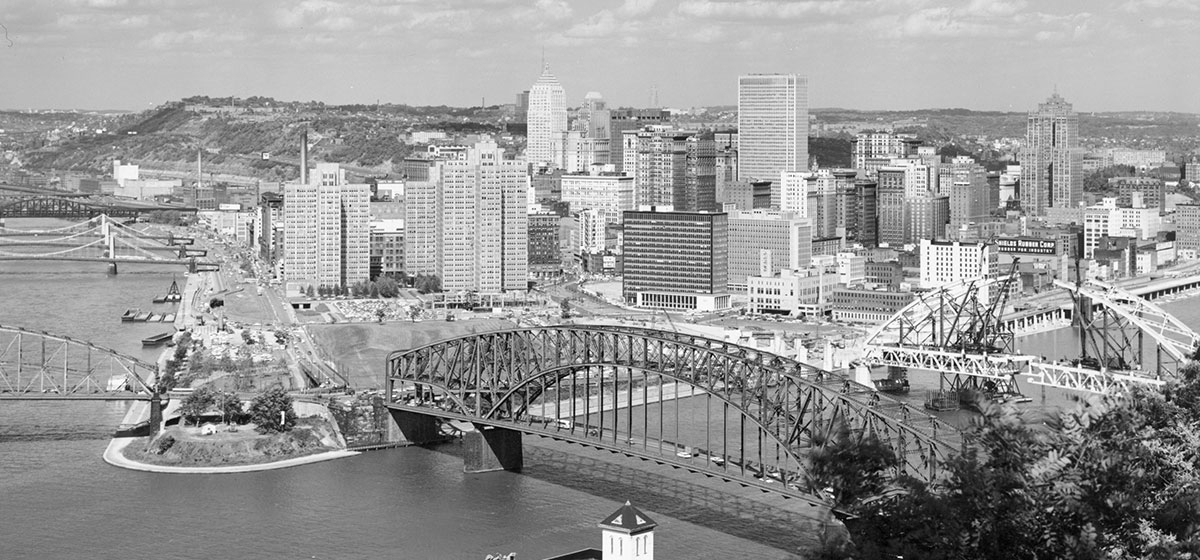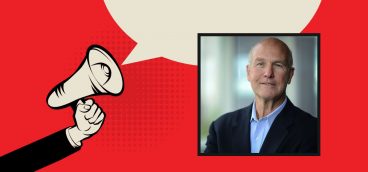
To understand the culture of a region, one must consider how its residents view themselves, especially during a milestone event such as a major anniversary celebration. So, as Pittsburgh commemorates its 250th birthday, I decided to look in my library for several brochures from the city’s 1958 bicentennial.
On the surface, looking back 50 years was like staring into a mirror of today. During the 1958 celebration, Pittsburgh had recently opened its state-of-the-art airport, the Point was being renovated into a park, a new arena was being constructed in the lower Hill and Westinghouse led the way in nuclear power with the first plant in Shippingsport. There were also concerns about sprawl (though that word had yet to be coined) with the new “Pittsburgh-Erie Freeway,” now part of I-79. And there were also discussions about downtown living and the need for a municipal stadium on the North Side to avoid Pittsburgh’s becoming a “minor league town.” Pittsburghers always say the more things change, the more they stay the same, but this was eerie.
After marveling over the multitude of consistencies facing Pittsburgh during its two milestone birthdays, I dug deeper and read further between the lines; there was, in reality, a strikingly dissimilar “feeling of place” between then and now.
Admittedly, the 1950s were a different time; civic pride was strong nearly everywhere before the 1960s’ urban unrest unwound many regions. But it is unlikely today that we would replicate the 1958 bicenntenial theme of Gateway to the Future and its promotional statement that “No story of a city rebirth in America has attracted more world-wide attention than the Pittsburgh Renaissance. The story of this latest era in Pittsburgh’s history is one that can be told with even more pride than some Pittsburghers may even realize.”
The 1958 brochures extolled the city’s virtues, claiming that a quarter of the Golden Triangle’s 330 acres wereredeveloped and “merchants spent billions washing their buildings of old grime, traces of Pittsburgh that belonged only to its past.” The writers just couldn’t stop themselves from using the adjective “new” in front of the word Pittsburgh. And, just to add a little more frosting to that 1958 cake, one writer opined: “Pittsburgh’s change isdue to leadership, good planning, spirited cooperation and the availability of public and private money.”
Pittsburgh’s 1958 Bicentennial proclaimed a sense that its renaissance had an unlimited future. The region possessed the best of all worlds—a successful, growing post-World War II industrial complex and the concurrent additions of major civic enhancements. Along with improved air quality, flood control and new parks, everything appeared to be perfect during that year of celebration. But, in reality, that is exactly when things began to get interesting.
A year later, the 1959 steel strike lasted 116 days and involved thousands of workers. And, as John Hoerr outlined in his 1988 book, And the Wolf Finally Came, the strike lasted so long that the customers of the steel companies ran out of stockpiles and turned to foreign sources, making the U.S. a net importer of steel for the first time since the 1800s. From that cataclysmic strike year forward, reliance on Pittsburgh’s steel declined every year until, in the mid-1980s, it was all but extinct. Many other local industries shared a similar fate, including several iconic companies which either moved away or ceased operations with subsequent job losses.
Being positive is a redeeming attitude, but past Pittsburgh leadership was just too self-assured and internally focused as it continued to live off its unfailing economic prosperity during the first half of thecentury. The region’s natural resources of coal, oil, gas and river transport, along with the existing industrial infrastructure, enabled Pittsburgh to succeed even with noncompetitive practices. Corporations did not revamp their factories, unions were inflexible and government officials refused to combine municipal services and lower business taxes. This naïve confidence of Pittsburgh leadership slowly handicapped the region’s ability to avoid the downward trends of the 1960s and 1970s.
Today’s Pittsburgh can escape those previous predicaments. It has new resources of universities, medical centers, financial service companies and numerous successful mid-size businesses throughout the region. In addition, it has a high quality of life (ask someone who has moved away how much they miss living in Pittsburgh), and a strong workforce that is dedicated and hardworking.
The difference today, though, is our resources are no longer natural ones. This is a major systemic change. Pittsburghcannot rely any more on the natural assets it once possessed. Whether we like it or not, the region must now be more competitive than in that “glorious” 1958 year. Pittsburgh must be a business-friendly region with low taxes and efficient local and state governments. Leadership must support these new resources, not squander them. Let’s not wait until the 300th birthday, when future generations look through our 2008 anniversary brochures and realize we also failed to read the warning between the lines.
Bill Hunt is president and CEO of the Elmhurst Corporation and chairs the Carnegie Museum of Art Board.




